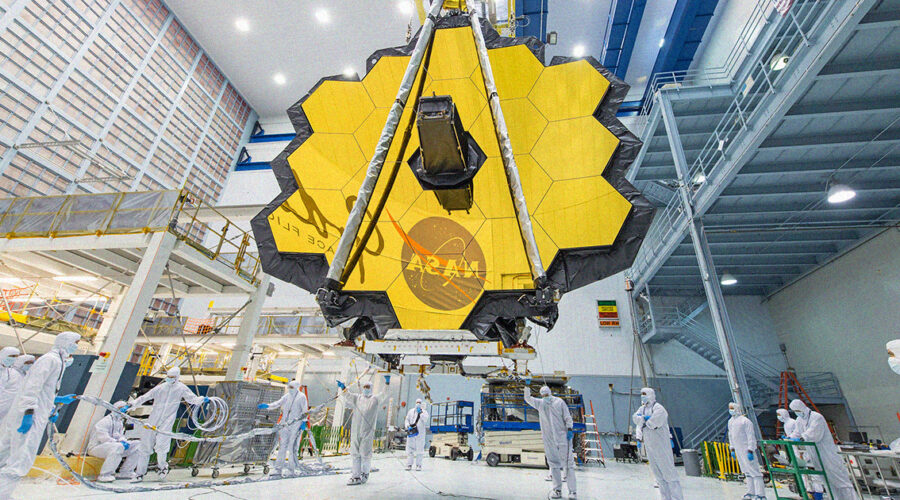James Webb Space Telescope who is delayed long has a new year end launch date, NASA has confirmed.
The new telescope is scheduled to be launched from the European space office of the South American launch site at Kourou, French Guiana, on December 18, 2021, in what would be one of the most awaited space launches.
The new space telescope has passed the final test and now with a successful July launch of Rocket Ariane 5 which will take him to orbit, the road is clear to the next space telescope to be appointed this year.
December 18, 2021 is the target launch date for the James Webb Space Telescope! This is defined together by @Asa, @Nasa and @aspace. @ Ariane5 VA256 flights will fly #Webb into space from European space in French Guiana. #Webbfliesia 👉 https://t.co/eu6wmbaou pic.twitter.com/0kdsopzbfrseptember 8, 2021
Initially scheduled for the launch of August 2020, The James Webb Space Telescope was set to be the only strongest humanity telescope ever included in service; This is expected to be a big step of the Hubble room telescope that is already very strong.
“Webb is an exemplary mission that indicates the symbol of perseverance,” Gregory L. Program Director Robinson at NASA, said. “I was inspired by our dedicated team and our global partnership that has made this extraordinary effort possible. Together, we have overcome technical barriers along the way and challenges during the Coronavirus pandemic.”
“Now we have an observatory and rocket ready to be launched, I look forward to great days and science to come.”
The new telescope is expected to look further than the capable Hubble, catch the farthest – and thus, the oldest – galaxies in our universe and provide a fresh look on our own diesel object.
Analysis: Around the interesting – and tense – launch space when obtained
Many of the most interesting parts of the James Webb telescope also what makes everything around it so that anxiety induces.
The very subtle cross of the next generation telescope will take weeks because it is lifted into space, where it will then be taken 1.5 million kilometers to the second lagrange point, or L2, where the massive mirror will stretch.
It places it far beyond the orbit of the moon and choreography getting a telescope to a complicated position. Then we have to hope that nothing is broken along the way, because if it works, hopefully it will improve it.
That said, if everything went according to plan, we would be able to see almost as far back to the initial universe physically possible, starting today along the way back to the earliest structure formed after the Big Bang and almost all in between. High bet, but high prize, for sure

